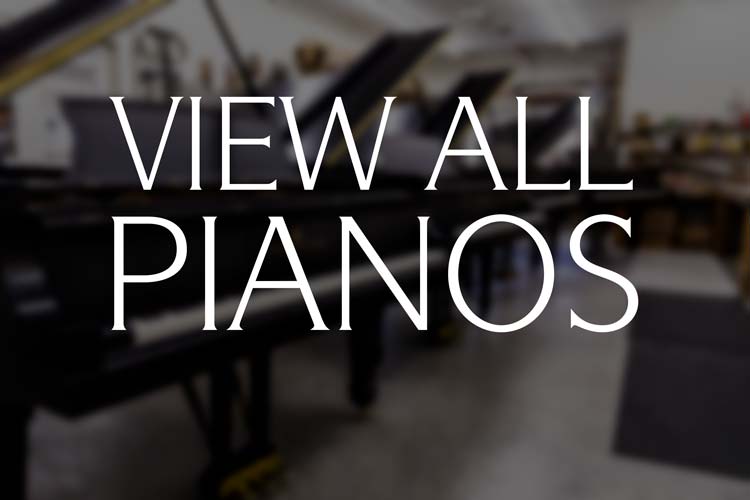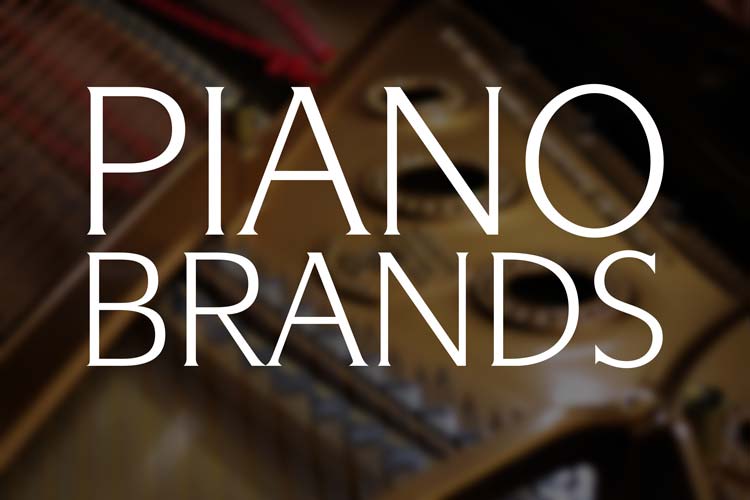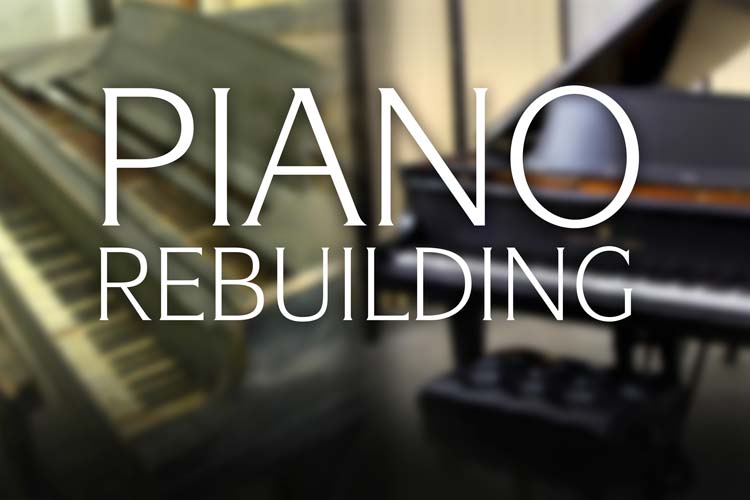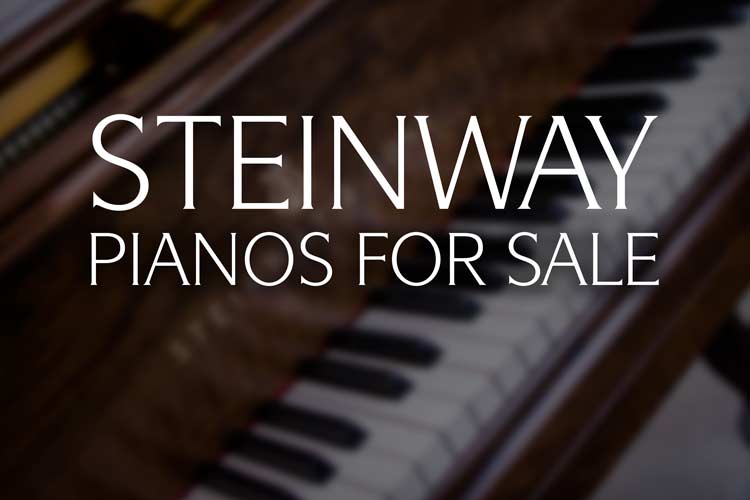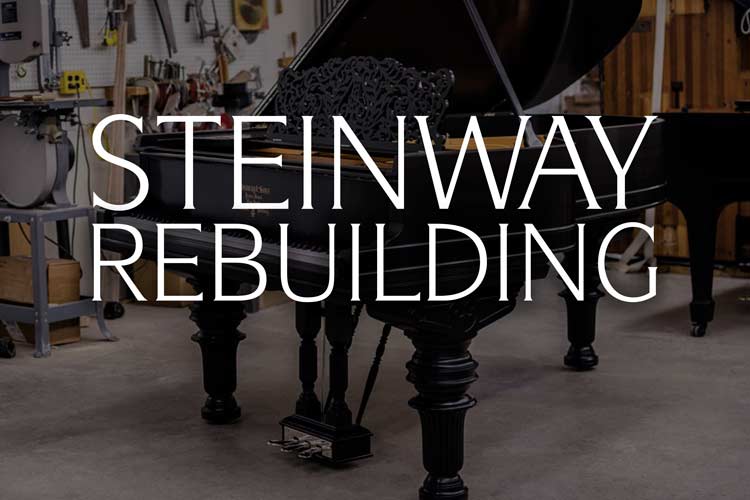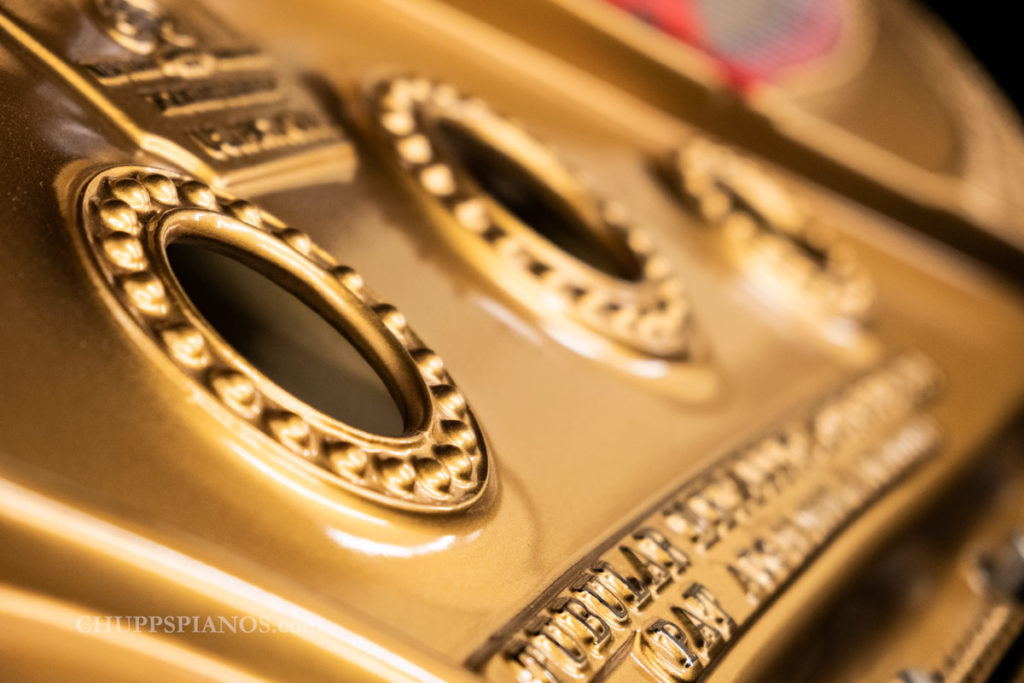
Why should you consider springing for a larger piano? What do the pedals on a Steinway piano do? What about a ‘free’ upright piano? In today’s blog post, we cover a few of the piano-related questions we receive here at Chupp’s Piano Service.
What Is The Benefit of a Large Grand Piano?
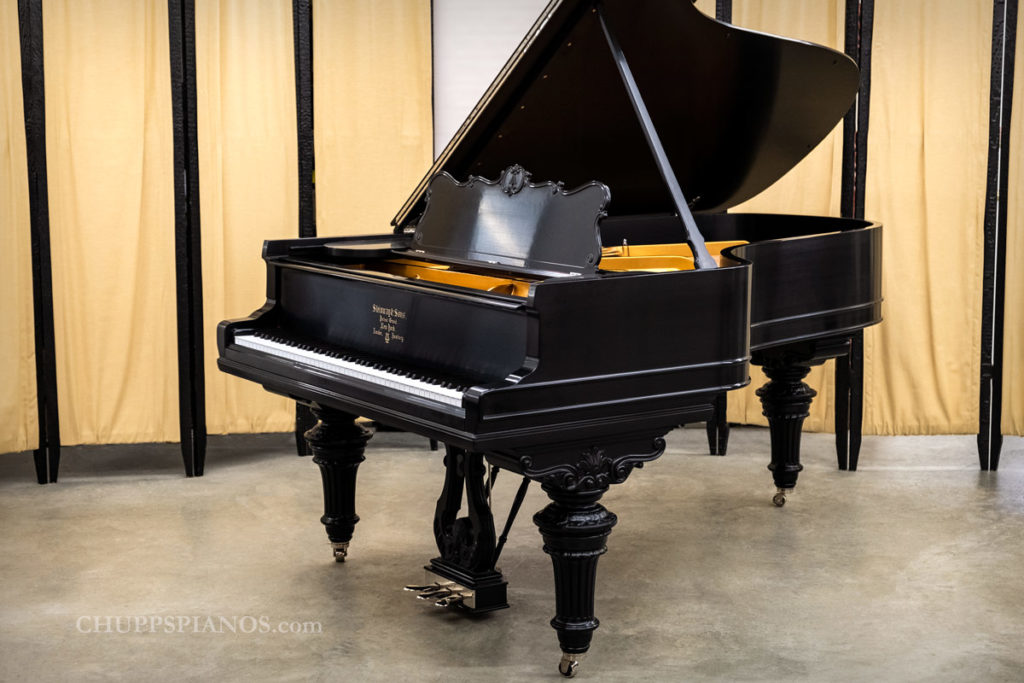
A Seven-Foot Model B ‘Parlor Grand’ – a popular choice for serious practice and professional venues.
Besides being a great visual focal point in any room, there are a number of other benefits that come with the purchase and use of a large grand piano over their smaller cousins.
The first benefit you may notice when you begin to play is the superior level of control many large concert grands provide. Much of this can be traced back to the longer key sticks. What is a piano keystick? Traditionally crafted from a premium pine or spruce, the long wooden keys are capped with a keytop. (It is important to note that a piano key extends in length far beyond the small part at the front that is touched by the pianist.) Pianos of yesteryear boasted keytops of genuine ivory and ebony. Today, the most common materials are high-grade plastics and polymers. These materials are considered to be more environmentally friendly and are less prone to cracking or yellowing.
The larger key bed and action cavity space in a concert grand gives enough room for the length of the keys to be extended to their optimum length. The longer piano keys allow for greater precision and control over each note.
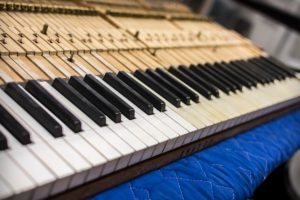 Although the larger soundboard area, longer strings, and larger lid area (to bounce the sound into the room) do provide a louder, stronger sound, the real benefit to the pianist is in the improved tone. The long bass strings provide for a rich, deep bass section that shorter pianos simply cannot match. Large concert pianos produce a balanced, full quality of tone when compared to smaller instruments. There is a reason that the vast majority of performance venues choose instruments in the seven-foot to nine-foot range! Also, it is not uncommon to find high-level amateurs and professionals practicing at home on these imposing pianos!
Although the larger soundboard area, longer strings, and larger lid area (to bounce the sound into the room) do provide a louder, stronger sound, the real benefit to the pianist is in the improved tone. The long bass strings provide for a rich, deep bass section that shorter pianos simply cannot match. Large concert pianos produce a balanced, full quality of tone when compared to smaller instruments. There is a reason that the vast majority of performance venues choose instruments in the seven-foot to nine-foot range! Also, it is not uncommon to find high-level amateurs and professionals practicing at home on these imposing pianos!
What Do The Three Pedals on my Steinway Grand Piano Do?
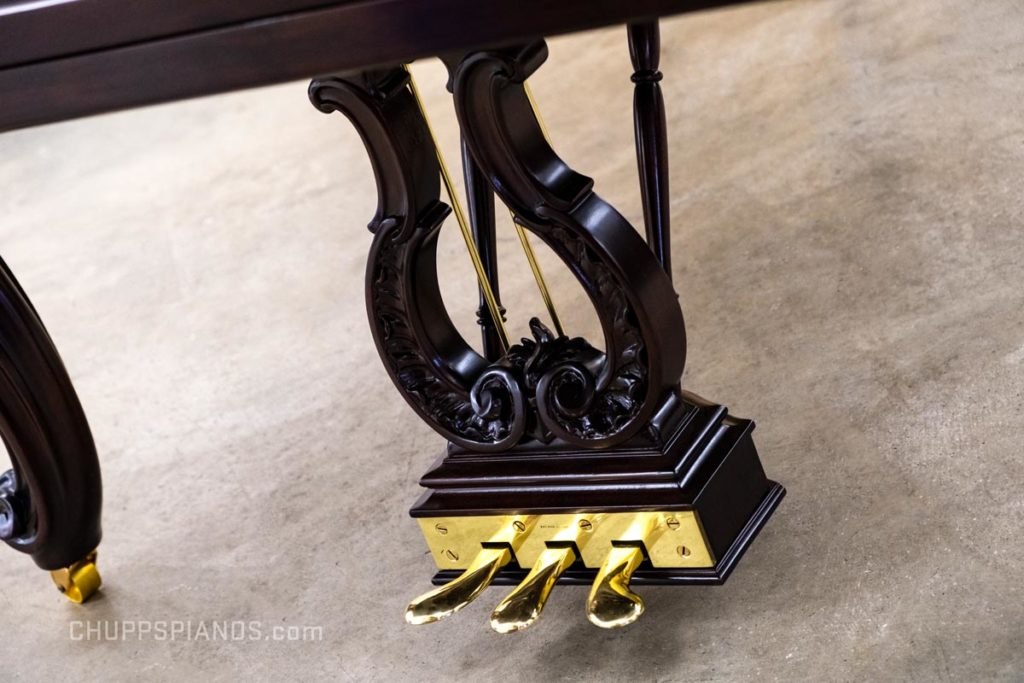
From left to right: the Una-Corda pedal, the Sostenuto pedal, and the Sustain Pedal – From the lyre of a 1906 Steinway & Sons Model B Grand Piano.
Most beginning pianists learn the function of the pedal on the right side of the pedal lyre very early in their music journey. The sustain pedal, when depressed, lifts all of the piano’s dampers off of the strings, allowing the strings to ring out. The dampers are lowered again once the sustain pedal is released.
The far left pedal is known as the Una Corda or Soft-Pedal. This pedal, when depressed, shifts the entire piano action so that the hammers only hit some of each unison. For example, if a note features a three-string unison, the hammer would only hit two of the three strings if the Una Corda is depressed. This creates a much softer sound and dramatically changes the quality of tone.
The middle pedal on a Steinway Grand Piano is the Sostenuto. When this pedal is depressed, it keeps the dampers lifted on only the notes that were being played when the pedal was depressed. This allows for selective sustaining. On some pianos, especially uprights, the middle pedal may serve other uses. These may include a bass-only sustain function or a ‘soft practice option that dramatically decreases the volume of the piano. It is important to note that the piano’s pedal and damper system will not function properly if it has not been installed and regulated correctly! This is especially true for the Una Corda and Sostenuto pedals.
A “Free” Upright Piano? – Why Should I Be Cautious?
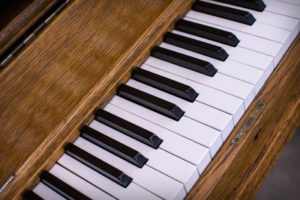 Free pianos, especially upright pianos, are a common sight on Facebook Marketplace, Craigslist, and other similar sites. Although these can make for a tempting offer, you should be aware that there are some issues you may run into that can turn a good deal, into a not-so-great one.
Free pianos, especially upright pianos, are a common sight on Facebook Marketplace, Craigslist, and other similar sites. Although these can make for a tempting offer, you should be aware that there are some issues you may run into that can turn a good deal, into a not-so-great one.
The first is moving. A piano is a heavy instrument and to move one properly requires the assistance of a professional moving crew that specializes in piano moving. Pianos, especially old upright pianos, are very heavy and are quite cumbersome to move. Also, an old piano that has not been properly maintained over the years may not be tunable or even playable without a serious amount of repair/restoration work. For more on this subject, we go into greater detail in the article below.
Article: Why A Free Upright Piano Isn't Always Free
Chupp’s Piano Service, Inc. | Steinway & Sons Piano Restoration
New Kawai Pianos | Service Since 1975
Comments are closed

